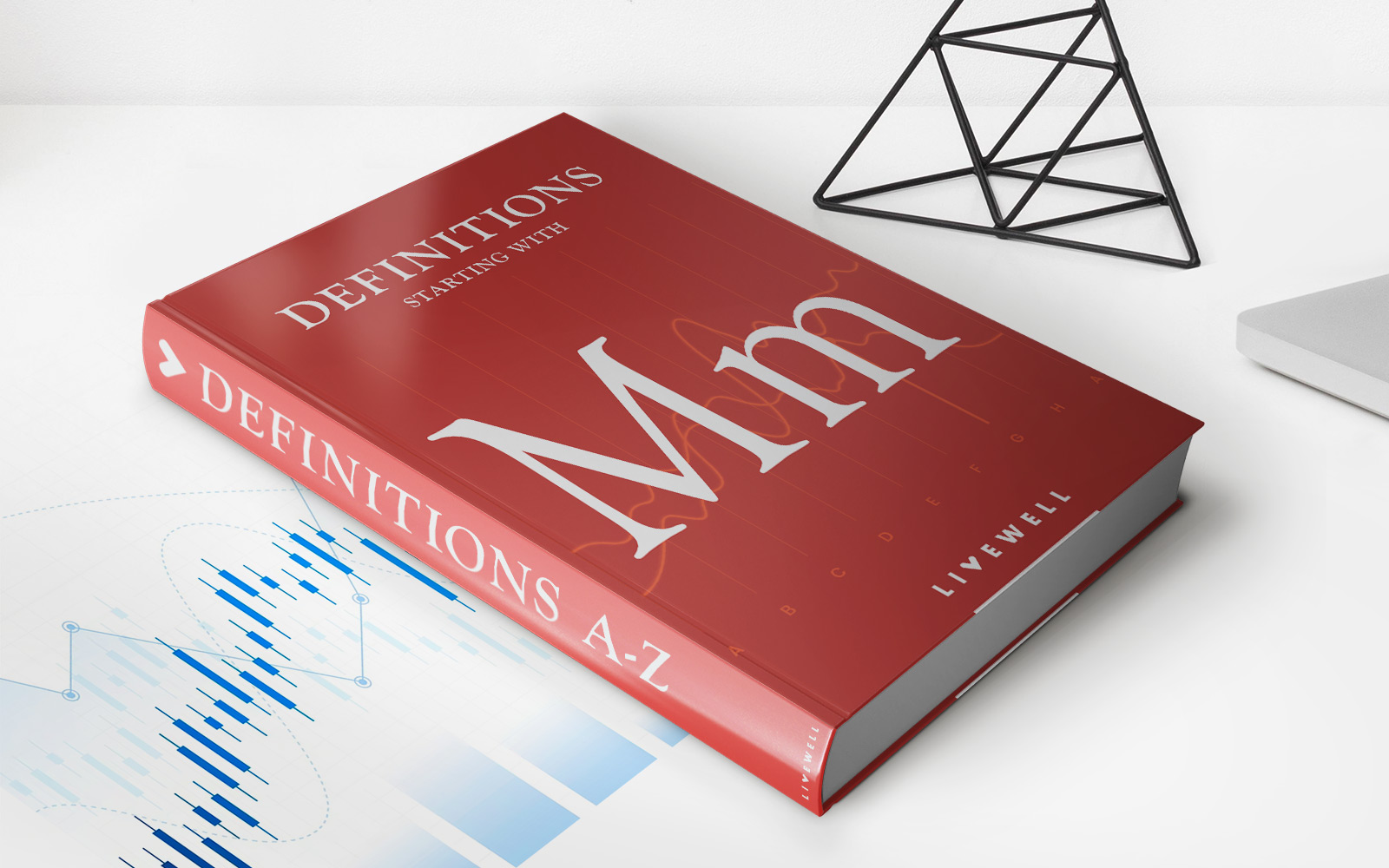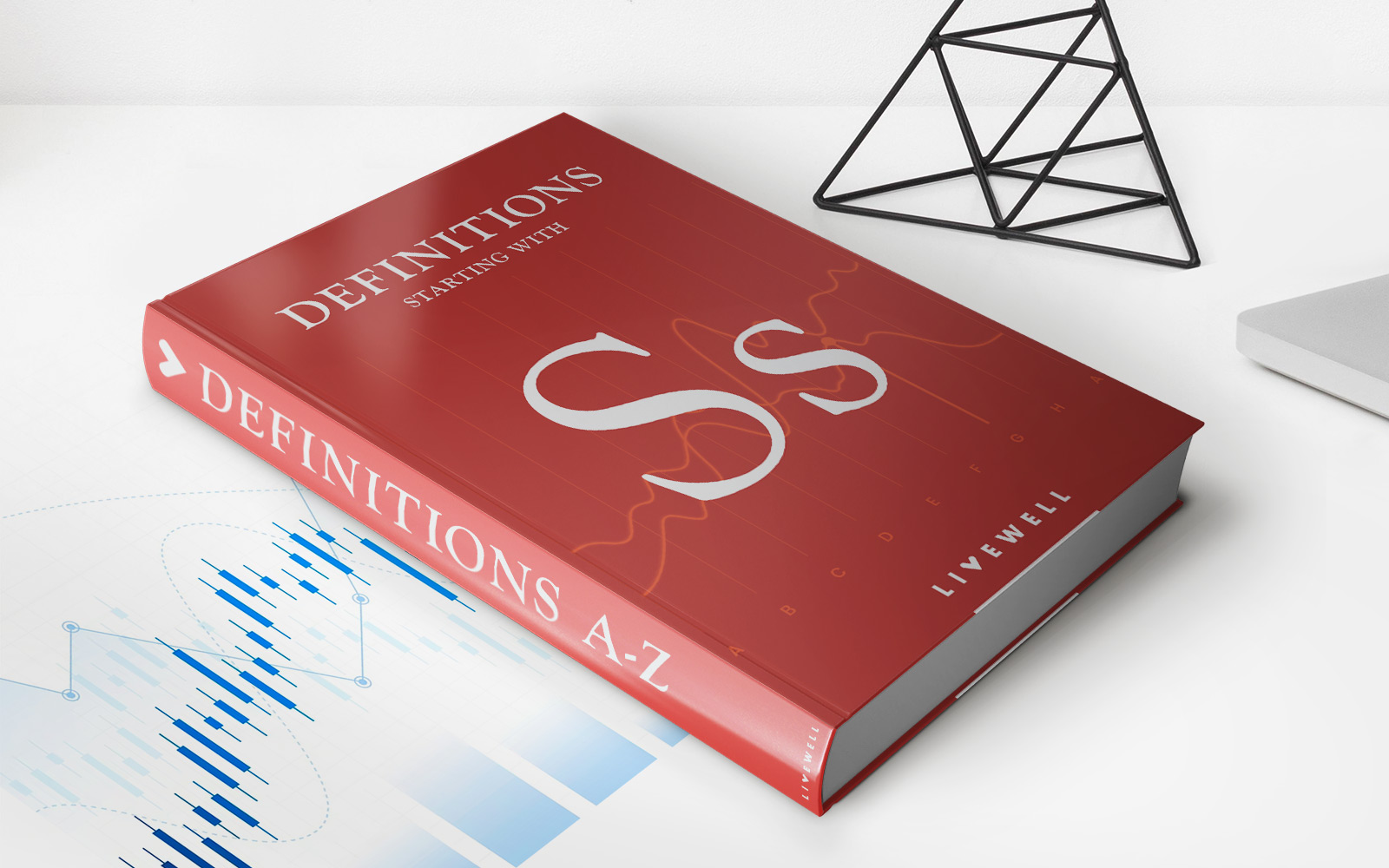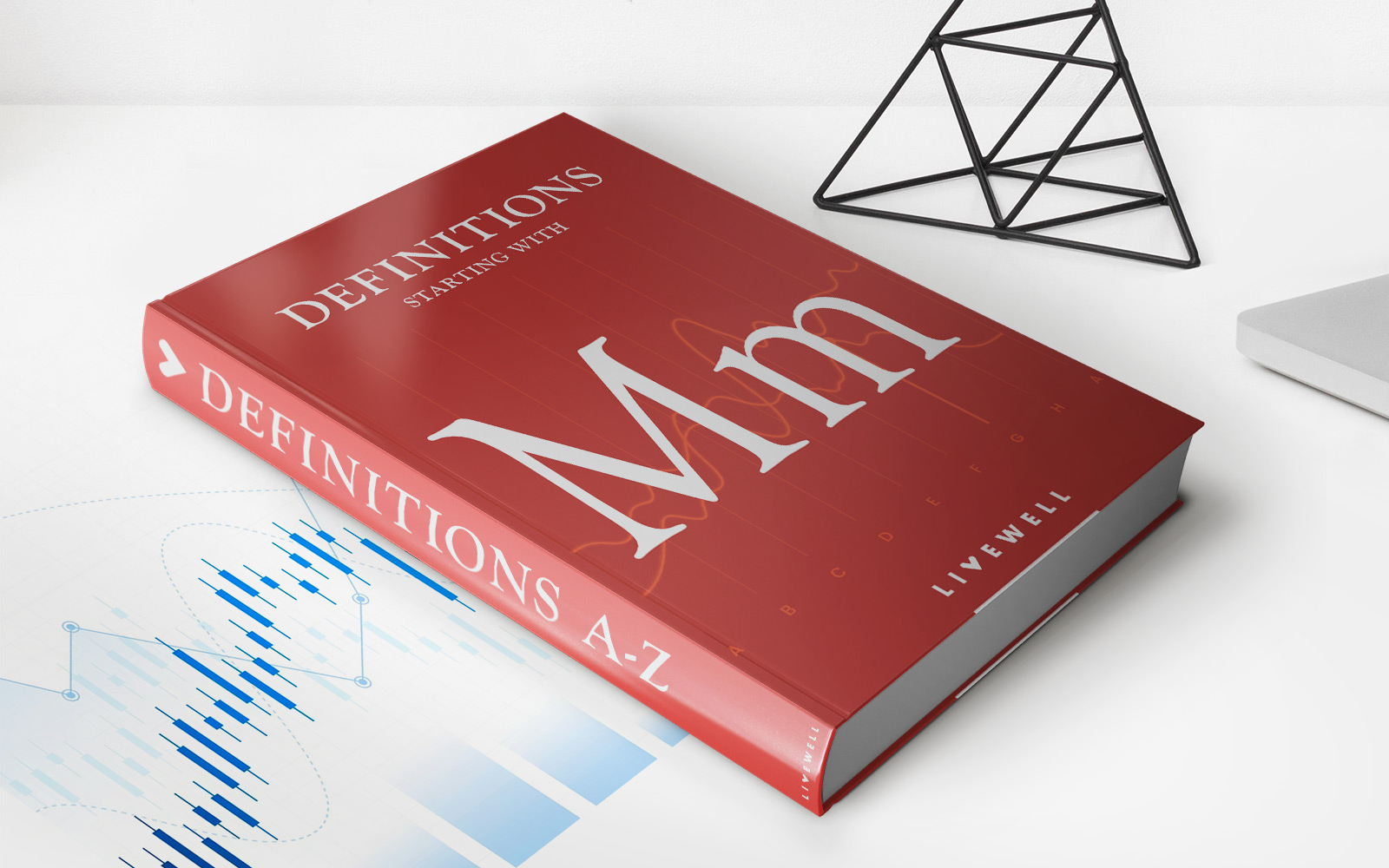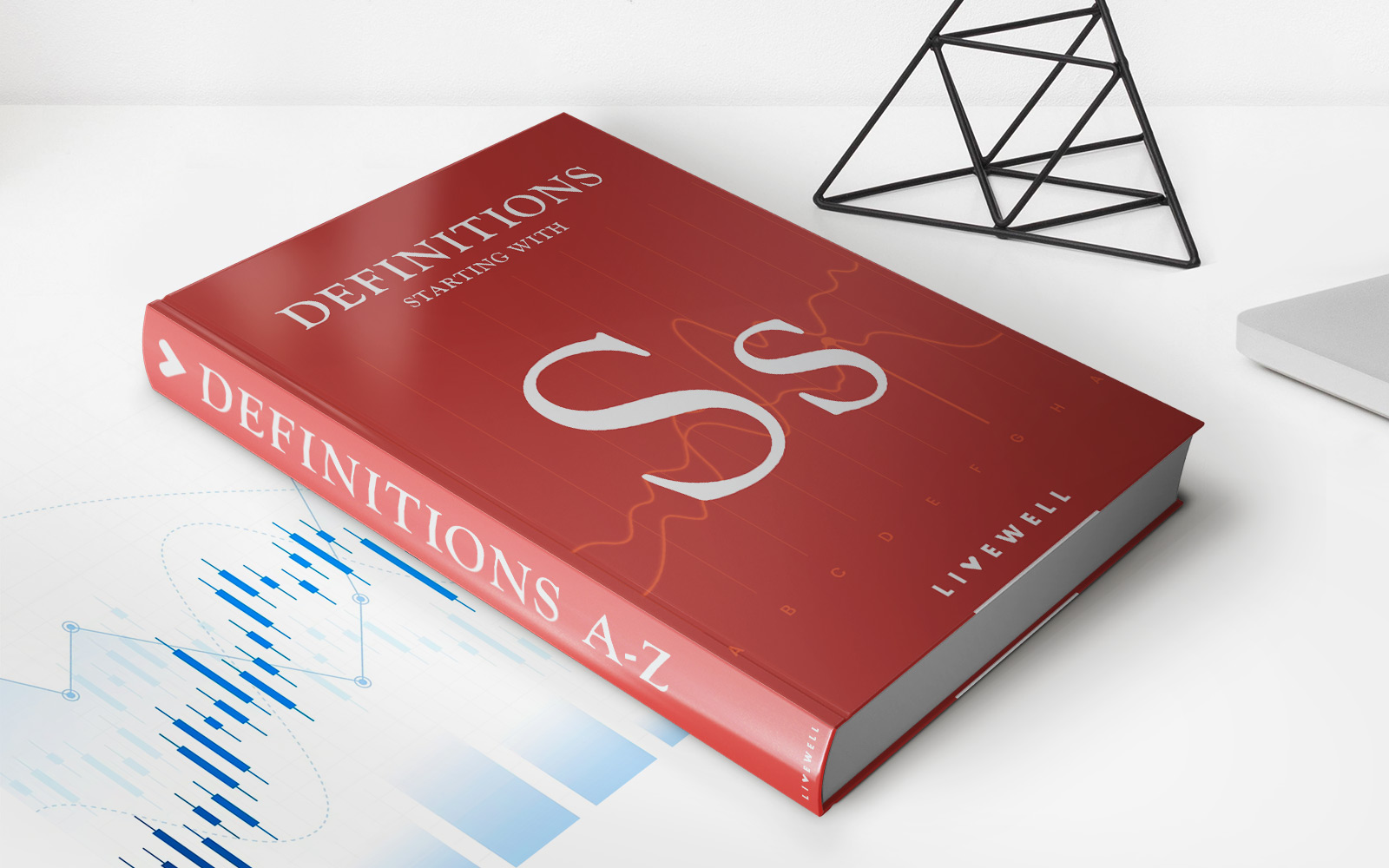Home>Finance>Class Action Definition, Lawsuits, Types, Benefits, Example


Finance
Class Action Definition, Lawsuits, Types, Benefits, Example
Published: October 27, 2023
Learn about class action definition, types, benefits, and get an example. Explore how class action lawsuits work in the finance industry.
(Many of the links in this article redirect to a specific reviewed product. Your purchase of these products through affiliate links helps to generate commission for LiveWell, at no extra cost. Learn more)
Class Action: Definition, Lawsuits, Types, Benefits, Example
Welcome to the world of finance, where staying informed is essential. Today, we are diving into the realm of class action lawsuits, a topic that is not only significant in the financial industry but also important for anyone looking to protect their rights and seek justice when wronged. In this blog post, we will explore the definition of class action lawsuits, different types, the benefits they offer, and provide a real-life example. So, let’s get started!
Key Takeaways:
- A class action lawsuit allows a group of individuals with similar grievances to collectively take legal action against a defendant.
- Class action lawsuits provide efficiency, cost-effectiveness, and the opportunity to hold defendants accountable for their actions.
What is a Class Action Lawsuit?
In simple terms, a class action lawsuit is a type of legal proceeding that enables a group of individuals, known as a class, to collectively sue a defendant on behalf of themselves and others who have suffered similar harm or have similar claims. This mechanism allows individuals with small claims or limited resources to join forces, increasing their chances of success and leveling the playing field against more powerful defendants such as large corporations or institutions.
A class action lawsuit typically starts when a class representative, who has experienced harm similar to other potential class members, files a legal complaint against the defendant. The court then decides whether the case is suitable for class certification, granting the class representative the ability to represent the entire class.
Types of Class Action Lawsuits
Class action lawsuits can arise from various scenarios, including product defects, securities fraud, consumer rights violations, environmental pollution, labor and employment issues, and many others. Here are some common types of class action lawsuits:
- Product Liability: When a defective product causes harm or injury to multiple individuals, a class action lawsuit may be filed against the manufacturer or distributor.
- Securities Fraud: Investors who have suffered losses due to misleading information or fraudulent practices by companies can come together in a class action lawsuit against those responsible.
- Consumer Protection: Companies that engage in unfair or deceptive business practices, such as false advertising or the sale of defective products, can face class action lawsuits brought by affected consumers.
- Employment Discrimination: When a group of employees experiences discrimination or unfair treatment in the workplace, they may file a class action lawsuit against the employer.
The Benefits of Class Action Lawsuits
Class action lawsuits offer several benefits to both plaintiffs and the legal system as a whole. Here are some advantages:
- Efficiency: Instead of individual lawsuits, a class action allows multiple similar cases to be handled together, saving time and resources for both the courts and the plaintiffs.
- Cost-Effectiveness: By pooling resources, plaintiffs can share legal costs, making it more financially feasible for individuals with limited means to pursue justice.
- Accountability: Class actions hold defendants accountable for their actions, deter similar misconduct in the future, and ensure that justice is served for all affected parties.
- Equal Representation: Class actions provide a voice to those who may otherwise be unable to take legal action on their own, fostering a sense of justice and fairness.
Now, let’s look at a real-life example to better understand how class action lawsuits work in practice.
Real-Life Example: XYZ Bank Class Action Lawsuit
In 2020, numerous customers of XYZ Bank discovered unauthorized charges and fees on their accounts, resulting in substantial financial losses. Feeling wronged and frustrated, a group of affected customers decided to initiate a class action lawsuit against the bank.
The class action complaint alleged that XYZ Bank engaged in unfair practices by charging hidden fees, manipulating interest rates, and misrepresenting their services. The class representative, Jane Smith, filed the lawsuit on behalf of all affected customers, seeking compensation for the financial losses incurred and holding the bank accountable for its actions.
Thanks to the collective effort and legal expertise, the class action lawsuit against XYZ Bank was successful. The court ruled in favor of the plaintiffs, awarding them compensatory damages and forcing XYZ Bank to implement corrective measures to prevent similar issues in the future.
Ultimately, this example illustrates how class action lawsuits can empower individuals to challenge unfair practices, seek justice, and hold powerful entities accountable for their actions.
In conclusion, class action lawsuits play a significant role in our legal system, providing an avenue for justice when a large group of individuals face similar harm or injustices. They bring efficiency, cost-effectiveness, and the opportunity for equal representation to those who might otherwise struggle to seek compensation individually. Remember, staying informed is key to protecting your rights and understanding the financial world.














